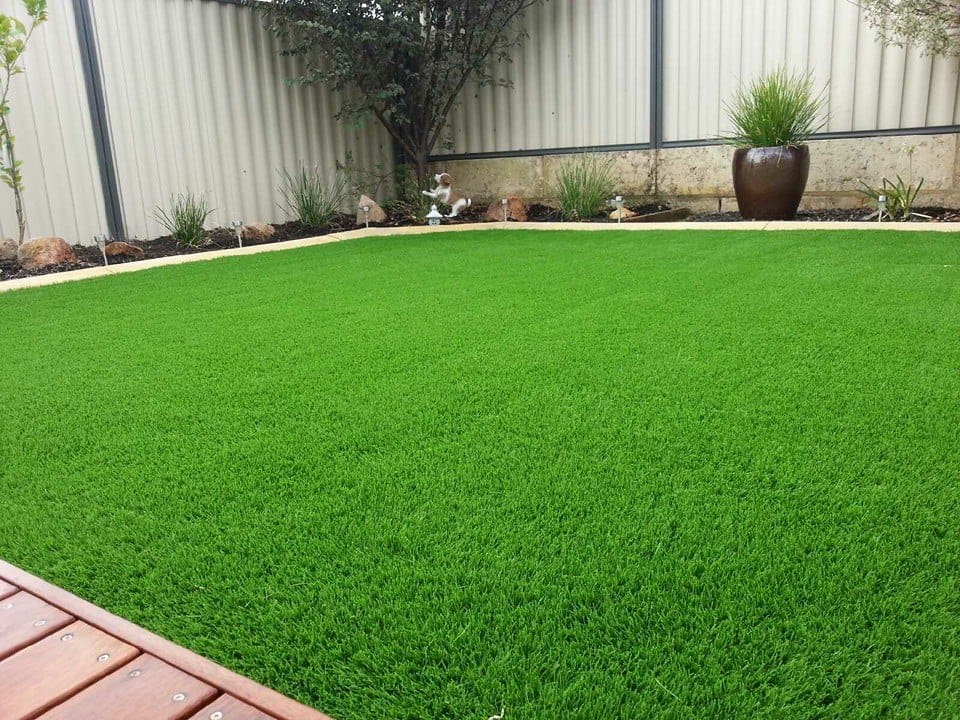
Sports stadiums are more than just venues for games; they are showcases of talent, excitement, and entertainment. One crucial aspect that often goes unnoticed but plays a significant role in the overall experience is the quality of the turf. Sports professional turf installation is an art that combines science, technology, and expertise to create a playing surface that is safe, durable, and visually appealing. In this article, we will explore the intricate process of transforming stadiums through the installation of top-notch sports turf.
The Importance of Quality Turf
High-quality turf is essential for several reasons:
- Enhances player performance: A well-maintained and level playing surface can improve player performance by reducing the risk of injuries and ensuring consistent ball behavior.
- Safety: Safety is paramount in professional sports. Quality turf can help minimize the risk of injuries caused by uneven surfaces, divots, or slippery conditions.
- Aesthetics: A visually appealing turf enhances the overall look of the stadium, contributing to a positive experience for players and fans alike.
The Process of Professional Sports Turf Installation
Site Assessment
The first step in professional sports turf installation is conducting a thorough site assessment. This includes evaluating the soil quality, drainage systems, sunlight exposure, and other environmental factors that can affect the turf's performance.
Soil Preparation
Proper soil preparation is crucial for the success of the turf. This may involve grading the land, aerating the soil, and adding nutrients to ensure optimal conditions for grass growth.
Turf Selection
Choosing the right type of turf is essential. Factors such as climate, usage, and maintenance requirements play a significant role in selecting the most suitable turf variety for the stadium.
Installation Process
The actual installation process involves laying down the turf rolls, ensuring proper alignment, and providing adequate irrigation and drainage systems to promote healthy growth.
Challenges in Sports Turf Installation
Despite advancements in technology and expertise, professional sports turf installation comes with its unique set of challenges:
- Environmental factors: Weather conditions, sunlight exposure, and soil quality can impact the growth and maintenance of the turf.
- Intensive use: Sports stadiums often host multiple events, leading to heavy foot traffic that can wear down the turf over time.
- Maintenance costs: Maintaining high-quality turf requires regular care, including watering, mowing, fertilizing, and pest control.
Technological Advancements in Sports Turf Installation
Advances in technology have revolutionized the field of sports turf installation:
- Hybrid turf systems: Combining natural grass with synthetic fibers can enhance durability and resilience, especially in high-traffic areas.
- Smart irrigation systems: Automated irrigation systems can optimize water usage and promote healthy turf growth.
- Field sensors: Sensors embedded in the turf can monitor moisture levels, temperature, and other factors to ensure optimal playing conditions.
Conclusion
Professional sports turf installation is a complex yet rewarding process that requires attention to detail, expertise, and a deep understanding of the unique challenges faced in stadium environments. By investing in top-quality turf and leveraging technological advancements, stadiums can create a playing surface that not only enhances player performance but also elevates the overall fan experience.